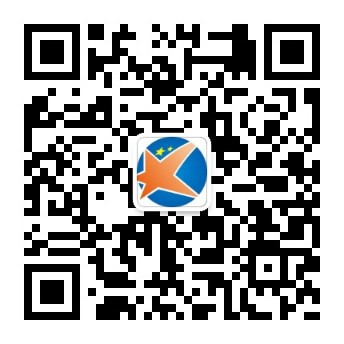初中名师视频课程免费试听1200分钟 |
||||
| 初一全科强化班辅导课程 免费听课 | 初二强化班辅导课程 免费听课 | 初三强化班辅导课程 免费听课 | ||
初中英语语法——情态动词
情态动词具有一定的词义,但不能独立作谓语,只能和动词原形一起构成谓语,表示说话人的态度。除have to以外,它们没有人称和数的变化。它们也具有助动词的作用,可以用来构成否定句和疑问句。除了have to以外,构成否定句时,直接在情态动词后加not即可;构成疑问句时,直接把情态动词提到主与之前即可。
- can
- can表示能力,意为“能、会”。
Can you help with sports?
- can表示推测,意为“可能”,一般用于否定句和疑问句中。
---Whose shirt is this?
---It can’t be John’s.
- can表示请求、允许,意为“可以”。
Can I have a drink, please?
- could
- could是can的过去式。表示过去的能力。
I was just a little boy and I couldn’t keep the secret.
- could在疑问句中,表示提议和请求,语气比can更委婉。
Could you help me with these boxes?
- could表示推测,意为“可能”,表示把握不大。
Most accidents in the home and could be prevented.
- may
- may表示请求、许可,比can和could更正式。May I...?句式的否定回答要用mustn’t。
You may go home.
- may表示推测,常用于肯定句中,意为“也许、可能”,其可能性不大。
He may come tomorrow.
- may表示祝愿。
May you succeed!
- might
might是may的过去式,常用于表示推测,其可能性不大,语气比may弱。
She might not want to come with us.
- must
- must表示义务或必要,意为“必须,应该”。
I lost my school ID card. I must find it.
- must表示推断或具有很大的可能性,意为“一定,很可能”,常用于肯定句中。
Sam must be nearly 90 years old now.
- must用于否定句中,表示“禁止”。
You mustn’t play on the road.
- need
need表示“需要”,常用于否定句和疑问句中,由need引出疑问句,肯定回答用must,否定回答用needn’t。
---Need we take the test?
---Yes, we must.
- have to
have to表示“必须,不得不”,有人称、数和时态的变化,变为否定句和疑问句时,要用助动词do,does,did来构成。have to多强调由于客观需要而“不得不”;而must多强调主观上的原因。
I always have to worry about how I appear to others.
- shall
- shall表示征询意见,用于第一、三人称的疑问句中。
Shall Jim go there with me tomorrow?
- shall用于第二、三人称,表示说话人给对方的许诺、命令、警告、威胁等。
You shall pay for it.
- should
should意为“应该”,表示“劝告、建议、义务、责任”等。
They should be here by 8:00.
- ought to
ought to意为“应该”,其否定形式为oughtn’t to,其疑问形式是将ought提到句首。ought to的用法与should基本相同,用于表示“劝告、建议、义务、责任”等。
Students ought to study hard.
- will
- 表示意愿,用于各种人称。
The baby won’t eat anything.
- will用于第二人称的疑问句中,表示请求。
Will you phone me later?
- 表示某种倾向或习惯性的动作。
Oil will float on water.
- would
- 表示意愿。
My parents would like to meet you.
- 表示委婉地提出请求、建议或看法。
Would you shut the window, please?
- 表示过去反复发生的动作或过去的一种倾向。
He would sit for hours doing nothing.
- used to
used to意思是“过去常常”,其后接动词原形,表示过去经常做某事,而现在不做了。它只有一种形式,只用于过去时态,用于所有人称。它的否定式和疑问式有两种:一种是借助于助动词did来构成;另一种是直接在used后加not来构成疑问。
I used to see him reading in the library.
You didn’t use to eat chips when you were younger.
- had better
had better意为“最好”,其后接动词原形,它没有人称和数的变化,可以与主语缩写为:主语+-’d better,用于委婉地向对方提出建议。变为否定时,在better后要加上not,后面再接动词原形;变为疑问句时,要把had提到主与之前。
You’d better not go by air.
- dare
dare意为“敢”,多用于疑问句、否定句、条件句中,其否定形式为daren’t,其疑问句形式是把dare提到句首。
How dare you ask me such a question?
My younger sister dare not go out alone.
